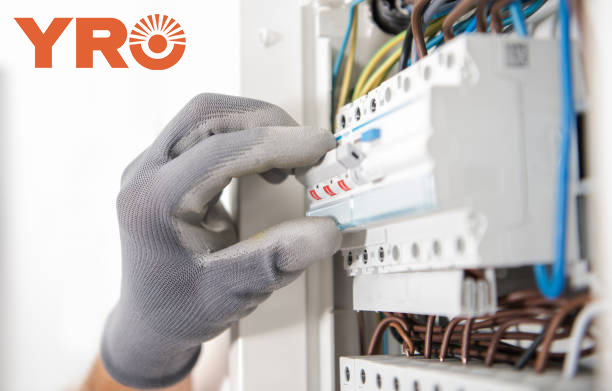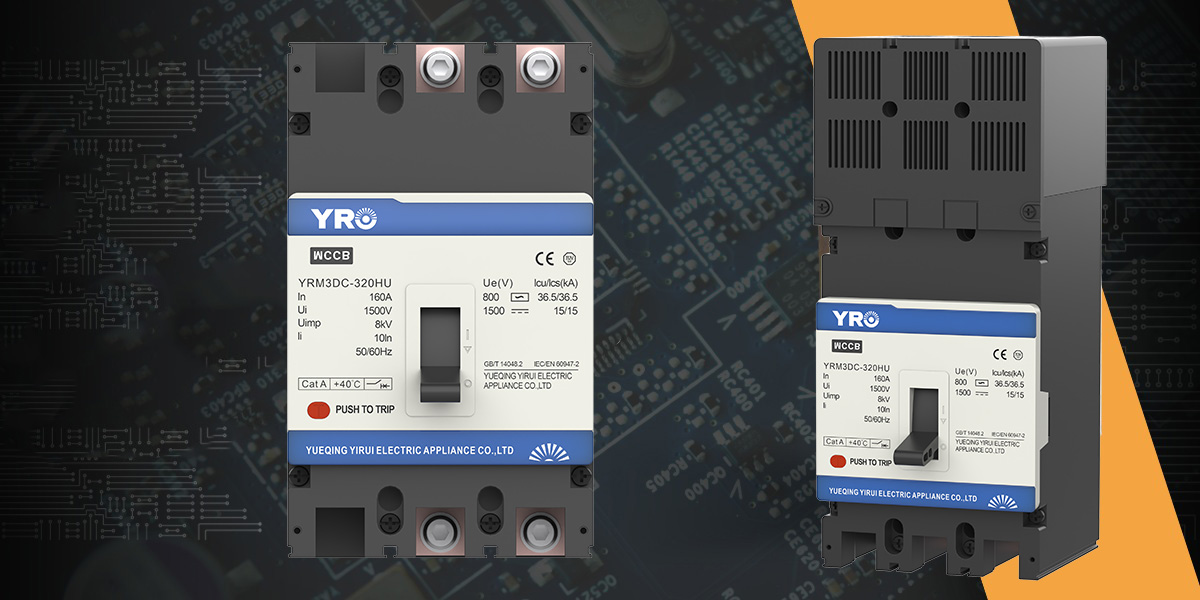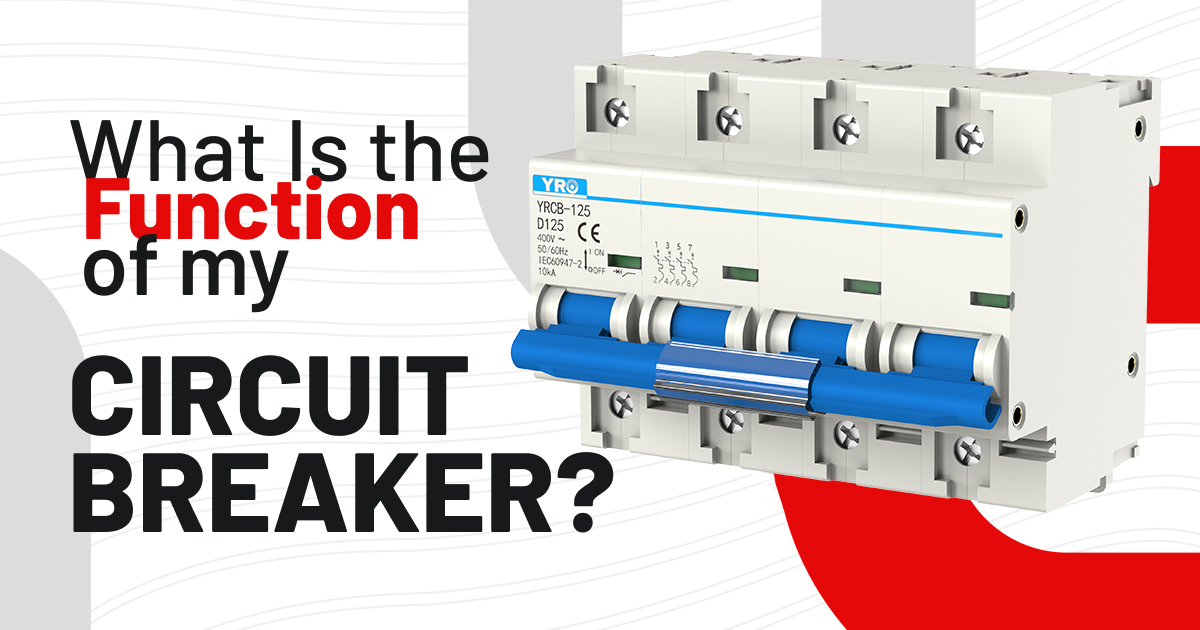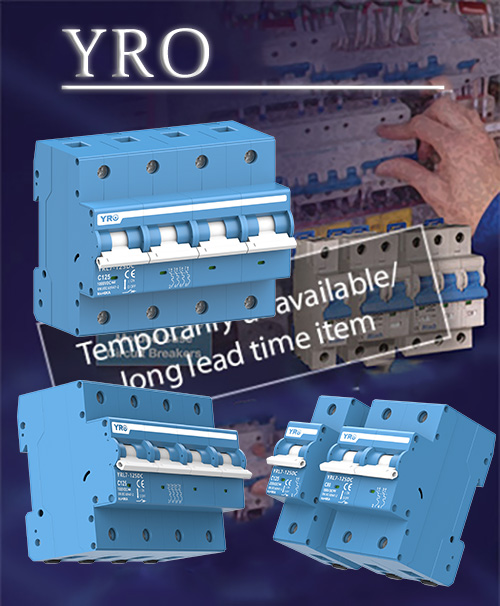Circuit Breakers: Essential Components in Electrical Safety

Circuit breakers are fundamental devices in the realm of electrical systems, designed to ensure safety and prevent damage by automatically interrupting electrical flow in the event of an overload or short circuit. Serving as a crucial line of defense, circuit breakers play a pivotal role in both residential and industrial electrical networks.
Circuit breakers are essential components of any electrical system, offering a simple yet effective solution for protecting electrical circuits from damage caused by overloads and short circuits. Their role in ensuring electrical safety cannot be overstated, making them a staple in both residential and commercial electrical installations.
Understanding Molded Case Circuit Breakers
Molded Case Circuit Breakers (MCCBs) are a type of electrical protection device that is commonly used in commercial and industrial power distribution systems. Known for their robustness and versatility, MCCBs play a crucial role in ensuring electrical safety and system reliability.
Molded case circuit breakers are characterized by their compact, sturdy design, where the internal components are encapsulated within a molded case of insulating material, typically a thermosetting resin. This design offers superior protection against environmental factors and mechanical stresses.

DC Miniature Circuit Breakers Compact Protection
In the realm of electrical safety, DC miniature circuit breakers (MCBs) play a crucial role, particularly in Direct Current (DC) applications. These compact devices are designed to provide overcurrent and short-circuit protection in a smaller, more efficient package.
DC miniature circuit breakers are specialized types of circuit breakers designed for use in DC circuits. They are tailored to handle the unique characteristics of DC, such as the constant value of current, which can make interrupting the circuit more challenging compared to Alternating Current (AC).

What is a Circuit Breaker?
A circuit breaker is an automatically operated electrical switch designed to protect an electrical circuit from damage caused by excess current, typically resulting from an overload or short circuit. Its basic function is to detect a fault condition and, by interrupting continuity, immediately discontinue electrical flow.
Key Features:
- Automatic Operation: Responds to irregular current flows without manual intervention.
- Resettable: Once the issue causing the trip is resolved, a circuit breaker can be reset (either manually or automatically) to resume normal operation.
- Safety Mechanism: Prevents overheating, potential fires, and electrical damage by breaking the circuit during fault conditions.
How Does a Circuit Breaker Work?
Circuit breakers monitor the current flow in a circuit. When they detect an electrical overload or short circuit, they trip, immediately cutting off the power supply to that circuit. This action helps prevent overheating and potential fires. The tripping mechanism usually involves a thermal or magnetic response to the excess current:
Thermal Mechanism: Uses a bimetallic strip that bends when heated by excess current, triggering the trip mechanism.
Magnetic Mechanism: Employs an electromagnet whose magnetic force increases with the current flow. Once the current exceeds a certain threshold, the magnetic force becomes strong enough to trip the breaker.
Importance in Electrical Safety
Circuit breakers are indispensable in modern electrical safety. They offer the following advantages:
Prevention of Overloads: By interrupting power during overloads, they prevent wire damage and potential fires.
Short Circuit Protection: Quickly disconnect power in the event of a short circuit, safeguarding the entire electrical system.
User Safety: Minimize the risk of electric shock and fire, enhancing overall safety for users.
Key Functions of Circuit Breakers
Overload Protection:
Circuit breakers are designed to prevent the overheating of wires and components caused by electrical overloads. An overload occurs when too many devices or appliances draw current from the same circuit, exceeding its safe capacity. The circuit breaker detects this excessive current and automatically interrupts the flow, thereby preventing potential damage.
Short Circuit Protection:
A short circuit is a more severe problem than an overload. It happens when a live wire comes into direct contact with a neutral or ground wire, causing a sudden surge in current flow. This surge can generate a significant amount of heat and lead to fires or damage to equipment. Circuit breakers quickly detect and interrupt these short circuits, cutting off the power supply to the affected circuit.
 Circuit breakers also function as a convenient means to isolate parts of an electrical system. They can be manually turned off, allowing for safe maintenance or repair work on connected circuits without the need for complete system shutdown.
Circuit breakers also function as a convenient means to isolate parts of an electrical system. They can be manually turned off, allowing for safe maintenance or repair work on connected circuits without the need for complete system shutdown.
